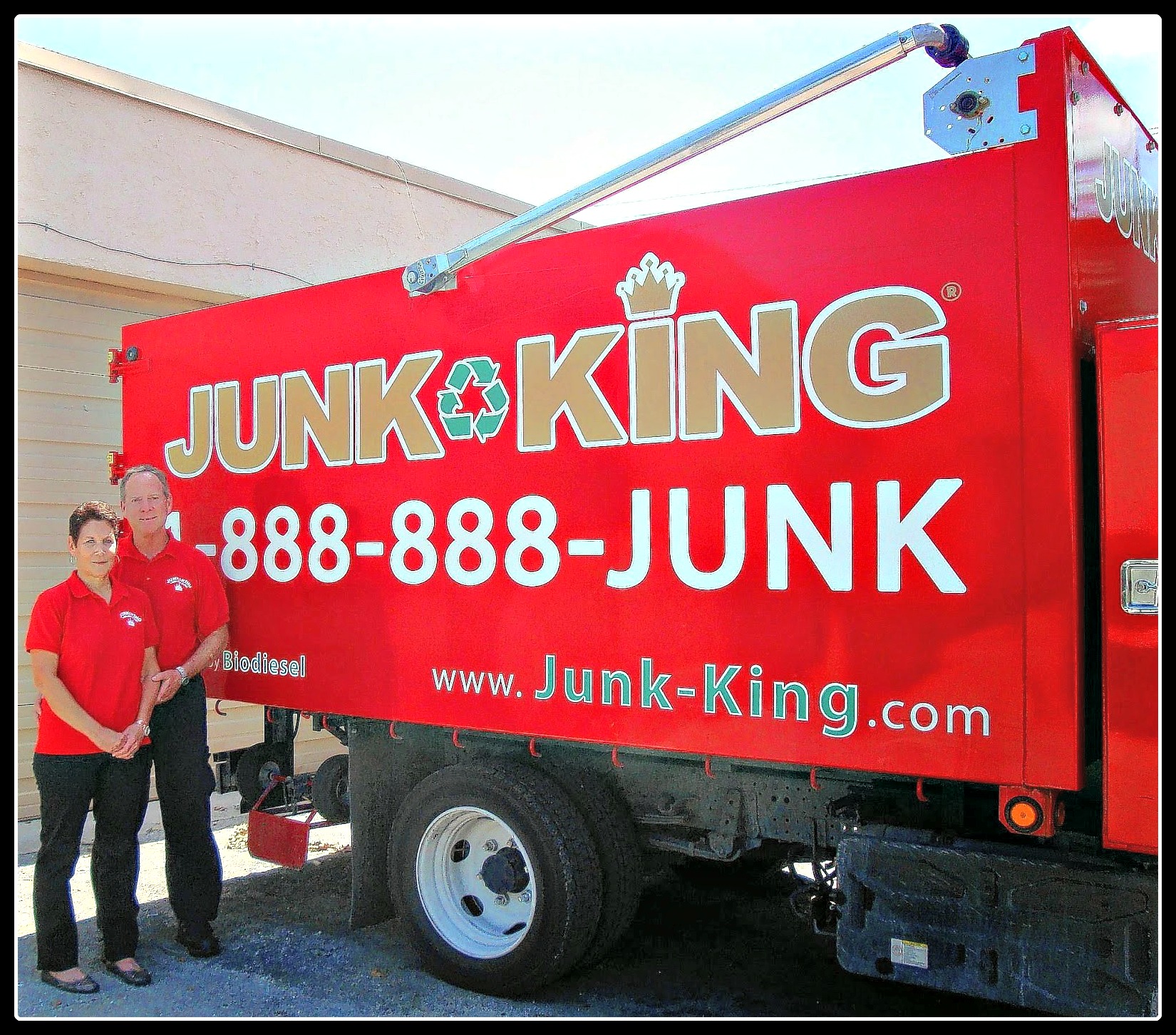Choosing The Ideal Dumpster Dimension For Your Project: A Comprehensive Overview
Choosing The Ideal Dumpster Dimension For Your Project: A Comprehensive Overview
Blog Article
Short Article Writer-Galloway Snider
When embarking on a job that needs a dumpster, the size you choose can significantly impact its effectiveness and cost-effectiveness. Think of having the perfect container that accommodates all your waste without being exceedingly huge or too small. Everything starts with understanding the subtleties of your project and picking a dumpster size that lines up with your particular needs. So, prior to you choose, think about the aspects at play to make sure a seamless waste administration procedure from beginning to end.
Aspects to Think about
When deciding on the ideal dumpster dimension, there are a number of vital factors to consider.
First, consider the type of waste you'll be dealing with. Different materials may require differing quantities of area, so recognizing what you'll be placing in the dumpster is critical.
Next off, analyze the amount of waste you expect to produce. If you ignore the quantity, you might need to make numerous trips to throw away every little thing, which can be inconvenient and costly. On the other hand, renting a dumpster that's also huge can lead to unneeded costs.
Furthermore, think about the room where the dumpster will certainly be placed. Guarantee there's enough room for the dumpster to be provided and gotten without any blockages.
Finally, think of any type of weight restrictions that might apply. Surpassing the weight restriction can cause extra costs or even the rejection of service.
Dumpster Size Alternatives
For selecting the right dumpster dimension, it's essential to have a good understanding of the offered choices. Dumpster sizes normally vary from 10 to 40 cubic lawns, with variations in between.
rent garbage dumpster -yard dumpster appropriates for tiny projects like a garage cleanout or a tiny renovation. If you're dealing with a medium-sized task such as a kitchen remodel or a cellar cleanout, a 20-yard dumpster could be the best selection.
For bigger tasks like a whole-house restoration or business building, a 30 or 40-yard dumpster could be more suitable to suit the volume of waste produced.
When picking a dumpster size, take into consideration the amount and kind of debris you expect to throw away. It's far better to pick a slightly bigger dimension if you're unsure to stop overfilling. Keep in mind, it's more cost-effective to rent out a dumpster that fits your demands rather than needing to buy an additional one.
Matching Size to Project
Ideally matching the dumpster dimension to your task is vital for reliable waste monitoring. To establish the best dimension, consider the extent and nature of your project.
For tiny family cleanouts or restorations, a 10-yard dumpster may be enough. These are commonly 12 feet long and can hold about 4 pickup lots of waste.
For bigger tasks like remodeling several spaces or clearing out a large estate, a 20-yard dumpster could be more suitable. https://www.cleveland.com/top-workplaces/2015/06/budget_dumpster_owns_few_conta.html are around 22 feet long and can hold around 8 pickup lots.
If you're dealing with a significant building job or business improvement, a 30-yard dumpster could be the very best fit. These dumpsters have to do with 22 feet long and can fit concerning 12 pickup truck tons of debris.
Matching the dumpster dimension to your task guarantees you have adequate room for all waste materials without paying too much for extra capability.
Final thought
To conclude, selecting the right dumpster size for your project is vital for reliable garbage disposal. By thinking about factors like the kind and quantity of waste, area availability, weight constraints, and spending plan constraints, you can guarantee you have the proper dimension dumpster for your demands. Ensure to match the size of the dumpster to the range and nature of your project to prevent overspending on unnecessary expenditures.
